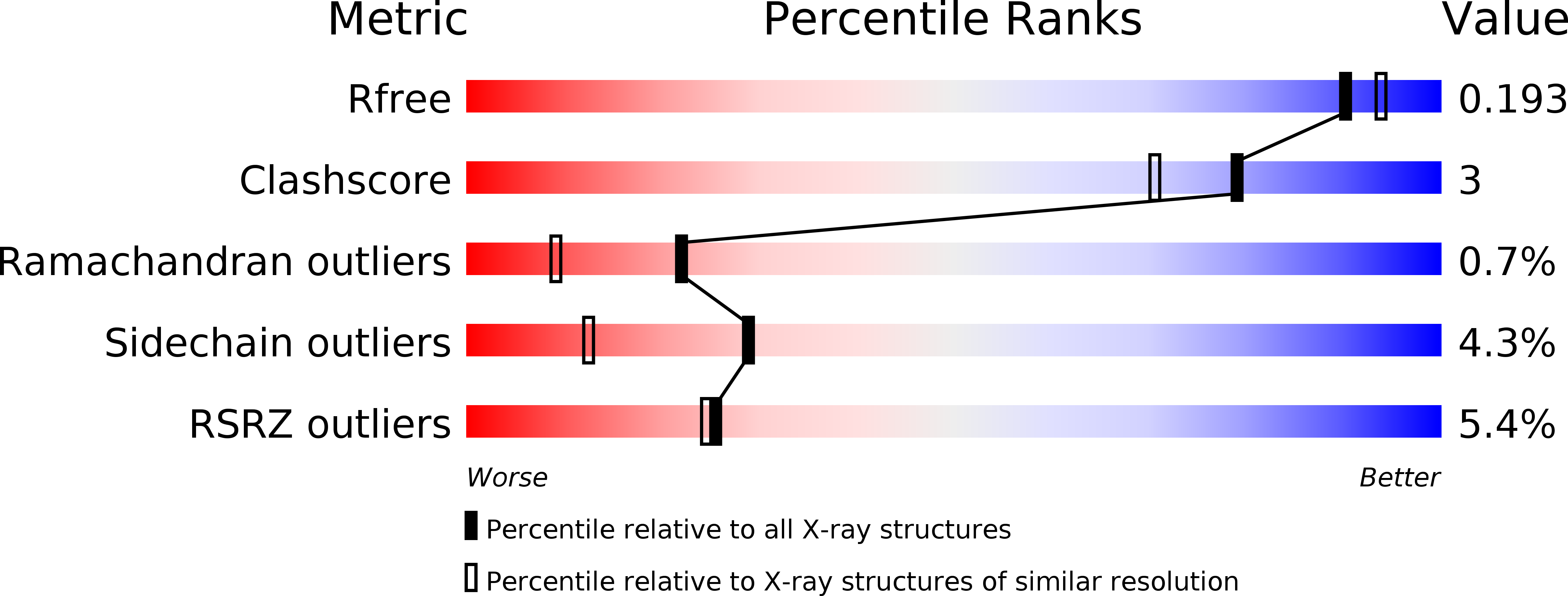
Deposition Date
2003-09-16
Release Date
2004-01-20
Last Version Date
2023-08-23
Entry Detail
PDB ID:
1QZ9
Keywords:
Title:
The Three Dimensional Structure of Kynureninase from Pseudomonas fluorescens
Biological Source:
Source Organism:
Pseudomonas fluorescens (Taxon ID: 294)
Host Organism:
Method Details:
Experimental Method:
Resolution:
1.85 Å
R-Value Free:
0.19
R-Value Work:
0.15
R-Value Observed:
0.15
Space Group:
P 31 2 1


